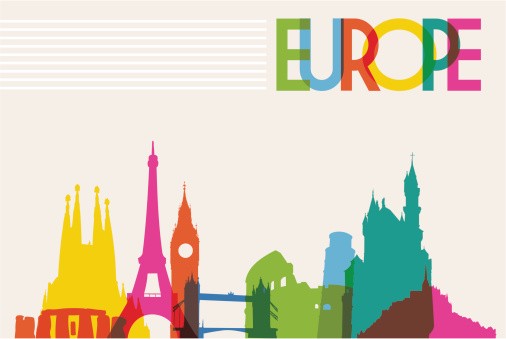Three Different Types of Currency Hedged ETFs ETF News And Commentary
Post on: 29 Апрель, 2015 No Comment

Share | Subscribe
It is true that international investments are generally characterized with cross border diversification in a portfolio and substantial capital appreciation potential. However, they also incur significant risk premium especially when compared to domestic investments in the form of geo-political risk, interest rate risk, inflation risk and exchange rate (currency) risk.
We often hear about the theoretical cushion that currency hedged ETFs can provide to the investors seeking international exposure. As the age old saying goes ‘all that glitters are not gold’. Despite substantially eliminating the currency risk factor from an investment with international exposure, these currency hedged ETFs possess a very serious drawback — lack of popularity among investors.
While this might not seem much initially, lack of popularity can lead to lower liquidity in the form of lower volumes. This further increases the already high bid-ask spread for the ETFs and ultimately increase total costs of investments in them thereby substantially limiting the profit potential from these investments (see Currency Hedged ETFs: Top International Picks? ). These currency hedged ETFs utilize currency derivatives to maintain the hedge while at the same time holding positions in the underlying equity basket.
Apart from these currency hedged ETFs, investors can also look into the following three options to gain a currency risk hedged international equity exposure. However, the underlying problem of lack of adequate liquidity and popularity remains the same here as well.
BLDRS Emerging Markets 50 ADR ETF ( ADRE ). BLDRS Asia 50 ADR ETF ( ADRA ) and the RevenueShares ADR ETF ( RTR ) are three ETFs which track the performance of American Depository receipts issued by international companies. American Depository receipts (ADRs) are a source of raising U.S Dollar denominated equity capital by companies located outside the U.S.
This makes ADRs publicly tradable instruments in the major U.S stock exchanges and since these ADRs are U.S. Dollar denominated, it completely rules out the possibility of any currency risk whatsoever (read Time to Consider Pure Growth and Value ETFs? ).
Of course, the crux of the international exposure for these instruments lies in the business fundamentals of an underlying company and the economic fundamentals of its country of origin. Unfortunately this is the only icing on the cake as far as international exposure for these instruments is concerned since capital market diversification is very low (read Q4 ETF Asset Report: Broad Market ETFs Reign ).
ADRE, ADRA and RTR have strong R-Squared values of 80%, 62.48% and 79% respectively against the S&P 500 indicating little international diversification benefit. This is not entirely surprising as these instruments are themselves functions of the American stock exchanges. ADRE tracks the Bank of New York Mellon Emerging Markets 50 Index which tracks the performance of ADRs of 50 companies from a variety of emerging markets.
ADRA tracks the Bank of New York Mellon Asia 50 Index. The index measures the performance of ADRs of 50 companies from Asia. While the indexes of ADRE and ADRA are market capitalization weighted, RTR tracks the index which concentrates more on the top line revenues. It tracks the RevenueShares ADR Index which weighs the component companies in terms of revenues.
ADRE and ADRA both charge investors an expense ratio of 30 basis points. However, ADRE seems to be leading in terms of total assets and average daily volume. ADRE has an asset base of $325.52 million with an average daily volume of almost 43,000 shares. However, ADRA has a net asset base of only $29.70 million while trading almost 3,000 shares daily (read The Best Investing Style ETF This Fiscal? ).
On the other hand RTR seems to be a bit pricey at 49 basis points. At the same time it has not been able to capture much of investor attention as it has been able to amass an asset base of just $26.91 million with an average daily volume of around 5,000 shares.
ADRE and ADRA have returned 8.32% and 19.82% respectively for the one year period ended 31 st December 2012.
Want the latest recommendations from Zacks Investment Research? Today, you can download  7 Best Stocks for the Next 30 Days .  Click to get this free report >>














